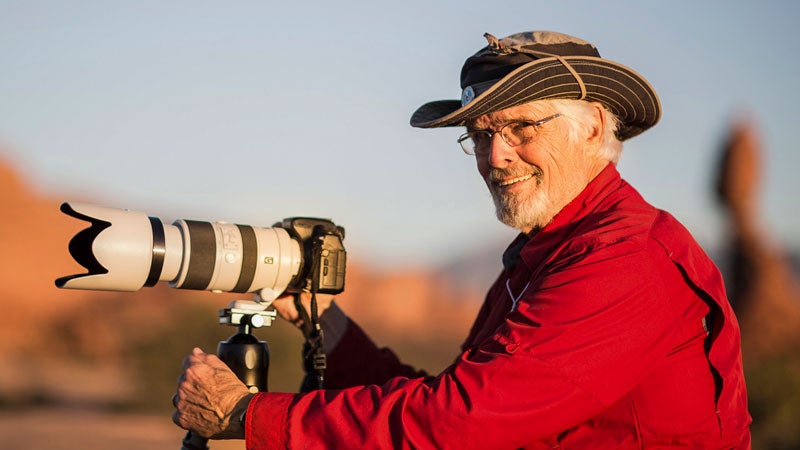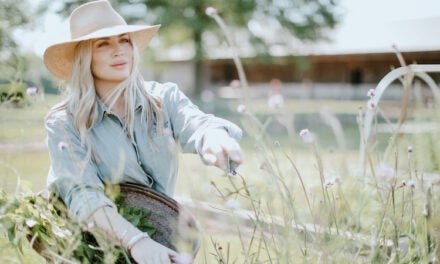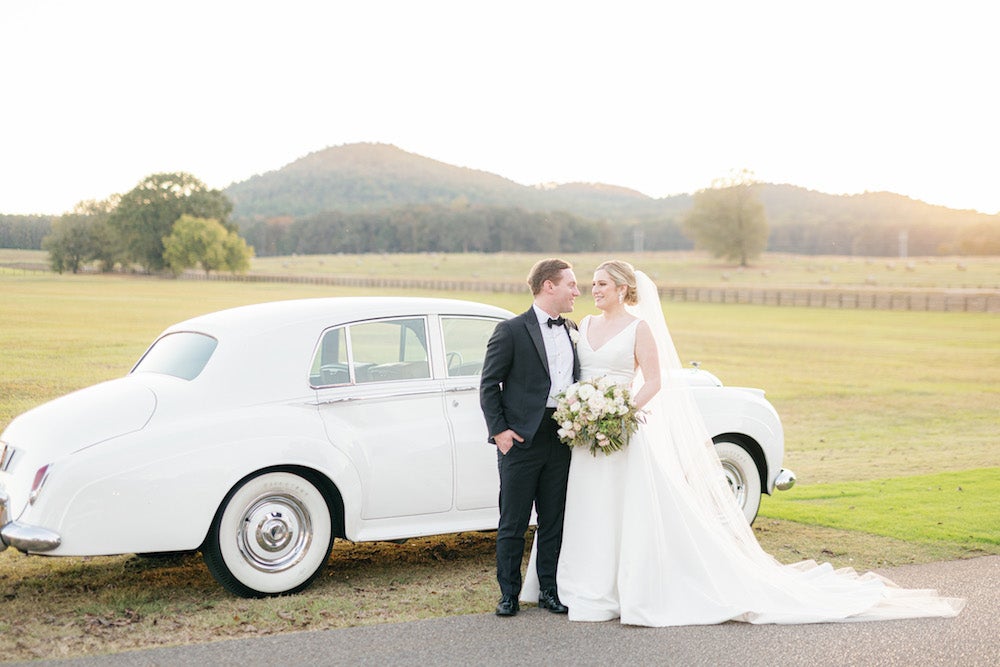Close your eyes, pretend you are in the Alaskan wilderness, and open them again. You see a mama black bear emerge from the edge of the woods with her cubs in tow. She guides them down the creek side to teach them how to navigate the waterfall before them and how to catch salmon. But in the middle of the lesson, a grizzly bear shows up on the scene. Quickly, mama bear eyes him and runs her cubs up a tree. This scene is not just a scene you have to read about to see though—Vestavia Hills’ own George Ritchey photographed the whole sequence from a nearby platform. He’d come to this spot knowing that bears are drawn here where salmon spawn for two weeks out of the year. “It’s an adrenaline rush for sure,” he says of the experience.
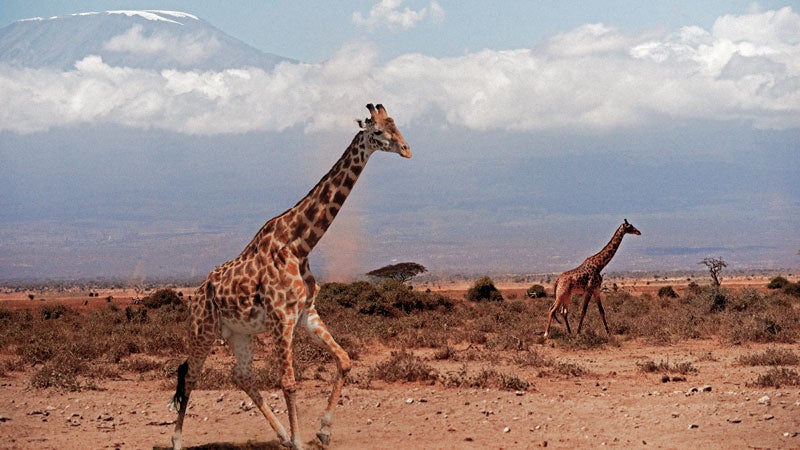 So it won’t come as a surprise to know that when we called up George to request an interview for this article, he had his tripod setup looking toward Grand Teton Mountain outside Jackson Hole, Wyoming. The shot gave a perspective over an area where Mormon families built homes in the 1800s to capture the peak in all its grandeur as the sun rose. Like so many scenes, he’d plotted the best season and time of day and year to catch it, and now the moment had arrived. A few days later, he had plans to go to a place nearby called Earth Fire for animals that have been partially maimed or need rehabilitation to capture the wildlife with his lens.
So it won’t come as a surprise to know that when we called up George to request an interview for this article, he had his tripod setup looking toward Grand Teton Mountain outside Jackson Hole, Wyoming. The shot gave a perspective over an area where Mormon families built homes in the 1800s to capture the peak in all its grandeur as the sun rose. Like so many scenes, he’d plotted the best season and time of day and year to catch it, and now the moment had arrived. A few days later, he had plans to go to a place nearby called Earth Fire for animals that have been partially maimed or need rehabilitation to capture the wildlife with his lens.
George’s vast collection of photographs began when he was finishing a graduate degree at LSU in 1963 and was required to take either a course in journalism or image production—and he’s been taking photos ever since. For 30 years that included work for the commercial interior design firm he and his wife ran, and in 1988 he started doing photography and leading photography seminars for the Birmingham Zoo. Today, more than 300 publications have published his work, including the National Wildlife Federation (and now this magazine, too).
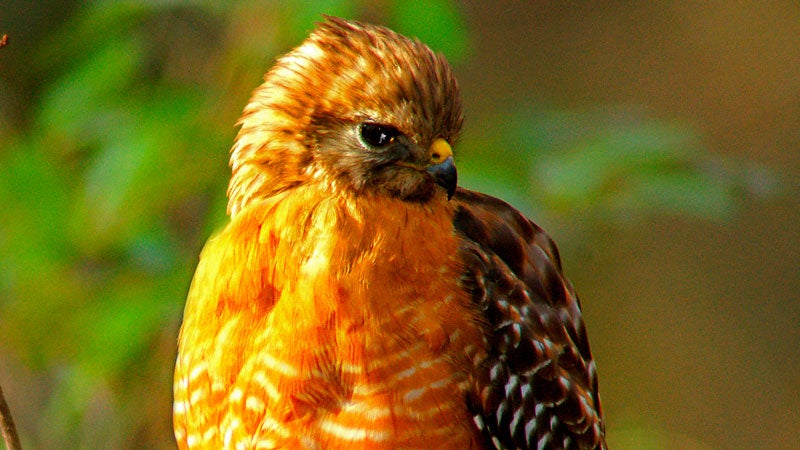 Back at home, you can see George’s photos of the Sibyl Temple under a blue moon and of the red shouldered hawks that frequent the Highway 31 area hanging in the new Vestavia Hills City Hall. He’s also organized and judged the city’s A Life Above photo contest. But if you really want to get him talking, ask about his travels—to 31 countries in all.
Back at home, you can see George’s photos of the Sibyl Temple under a blue moon and of the red shouldered hawks that frequent the Highway 31 area hanging in the new Vestavia Hills City Hall. He’s also organized and judged the city’s A Life Above photo contest. But if you really want to get him talking, ask about his travels—to 31 countries in all.
In Moscow and St. Petersburg he captured architectural details and the landscapes in between the cities. In Kenya and Tanzania, he’d go out early in the morning or late in the afternoon to find a herd of elephants stomping by and a female lion teaching her cubs to eat the cape buffalo that she and her mate had killed. He and his lenses were fascinated by the ancients and their carvings in Petra in Jordan, their pyramids in Egypt and ruins in Machu Picchu in Peru.
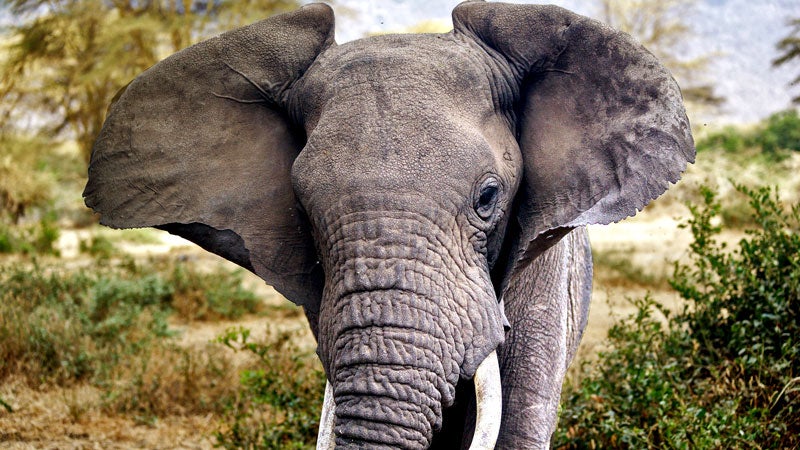 Closer to home at Arches National Park, he’s seen the monumental formations superimposed over the Milky Way at midnight “It is really mind boggling,” he says of that one. From his second home In Grand Isle, Louisiana, he documents flights of several hundreds of bird species migrating back to the United States in late April, along with the shore birds, alligators, boating activities and shrimping active in the area year round.
Closer to home at Arches National Park, he’s seen the monumental formations superimposed over the Milky Way at midnight “It is really mind boggling,” he says of that one. From his second home In Grand Isle, Louisiana, he documents flights of several hundreds of bird species migrating back to the United States in late April, along with the shore birds, alligators, boating activities and shrimping active in the area year round.
Wherever he goes on photographic expeditions, George also tries to get to know locals and learn the people’s history and customs. “It really gives you an understanding of how they got where they are and how they think and behave like they do,” George says. He recalls taking a boat to Brazilia, a remote village off the Amazon in Ecuador, where the community of 80-90 people showed them how their shaman blesses and conveys health issues, and George and his team had brought coloring books and crayons from Publix in Vestavia Hills for a delivery he likens to the arrival of Santa Claus.
 The scenery his group saw from their boat on the river and inside tributaries there was just as noteworthy as interacting with the people, too. “We were in a pool covered with water lilies, and the leaves of the water lilies were 6 feet in diameter and the flowers where 1.5 feet in diameter,” George says. “Large birds were able to walk on top of the lily pads. There were a number of different types of primate and birds seen only on the Amazon.”
The scenery his group saw from their boat on the river and inside tributaries there was just as noteworthy as interacting with the people, too. “We were in a pool covered with water lilies, and the leaves of the water lilies were 6 feet in diameter and the flowers where 1.5 feet in diameter,” George says. “Large birds were able to walk on top of the lily pads. There were a number of different types of primate and birds seen only on the Amazon.”
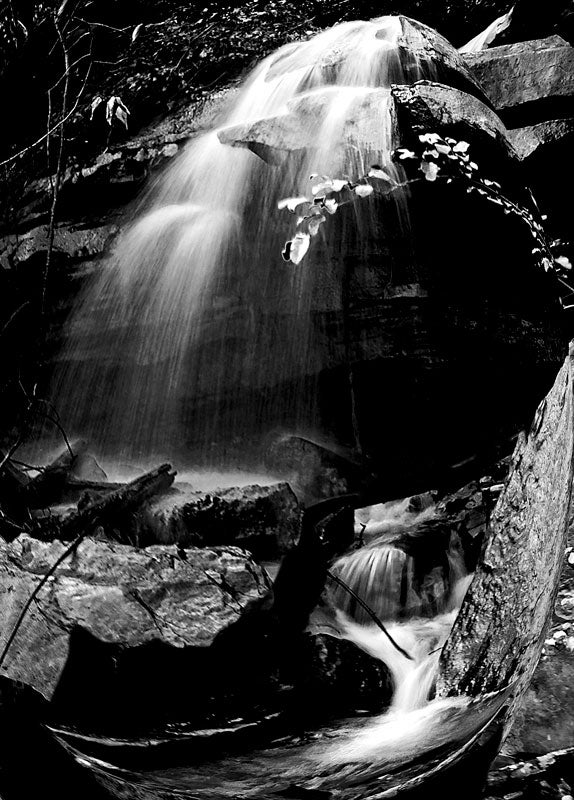
Did you know there is a 20-foot high waterfall behind Vestavia Hills Elementary Central? “It’s a spectacle after a big rain for next 24-30 hours,” George says. “Most people don’t know it exists.”
When he returns home to Vestavia Hills, the fruit of George’s expeditions ends up on slide shows at presentations he gives to schools and clubs, notecards friends request and stored on hard drives to share in the days and weeks to come. But in the end, the images represent far more than what someone walking by would catch without talking to the man behind the lens. “I look at all of them as an enrichment of my insight into the world and how it operates,” George says.
All About the Shades Valley Camera Club
George Ritchey is one of around 110 members of the Shades Valley Camera Club. “The personalities fluctuate, but the numbers stay pretty constant,” George says. Here’s what to know about it.
History: It’s been in operation for more than 60 years and members believe it to be the oldest continual operating group of its kind in U.S.
Meetings: The first Thursday of every month they hold a juried competition with a theme from 6:30-8 p.m. at the Library in the Forest. On the third Thursday, they hold an academic meeting and information session at the same times.
What Else: The group organizes photo shoot “field trips” and exposes members to opportunities to enter larger juried competitions—and to learn from others interested in photography in the club.
Learn More or Join Them: shadesvalleycameraclub.com


